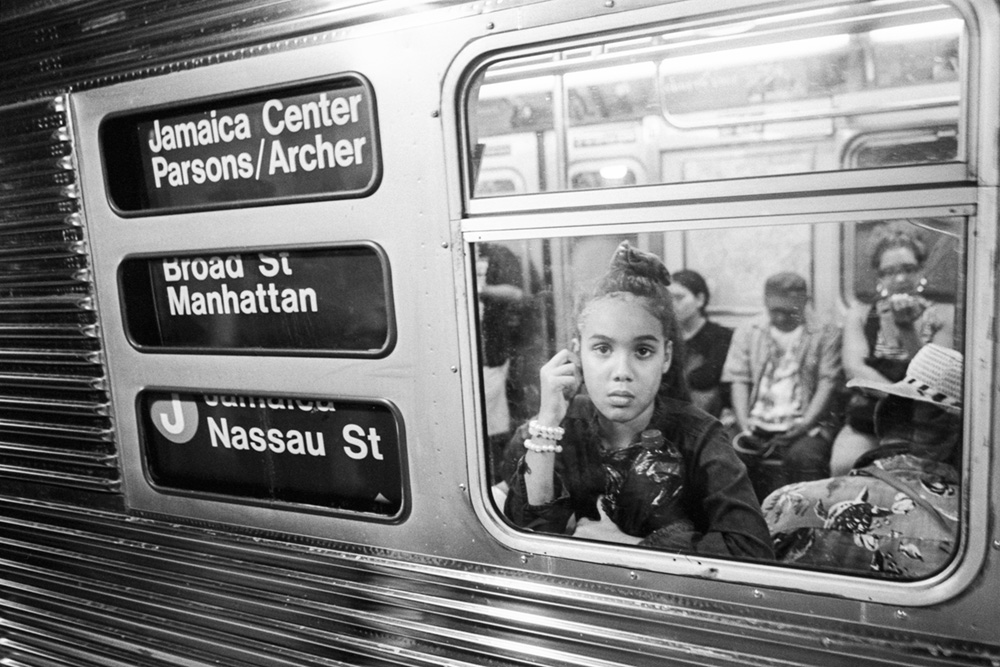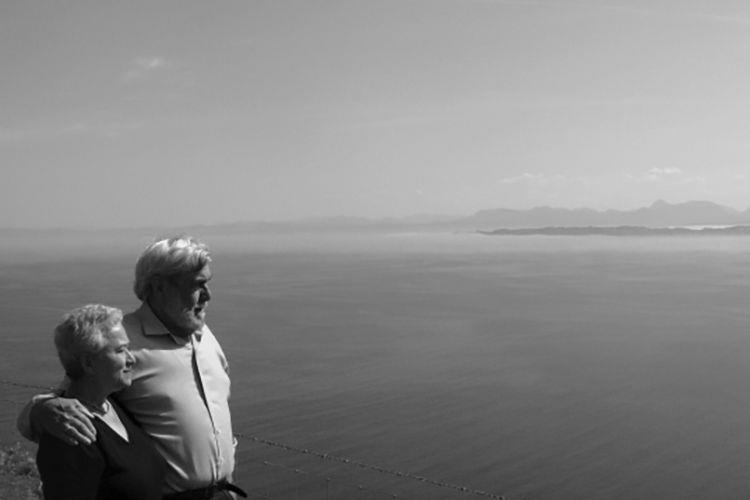Is Verizon misleading the government on sfsu images of eroticismjust how much of rural America is covered by its 4G LTE network?
According to a group of rural carriers the answer is yes. And, according to these smaller carriers, Verizon’s deceptive claims are blocking their ability to serve these uncovered rural areas.
The Rural Wireless Association (RWA), a trade group, has sent a letter to the Federal Communications Commission requesting an official investigation into whether Verizon’s LTE network covers as much of rural America as the telecommunications giant says it does.
SEE ALSO: FCC claims of DDoS net neutrality attack were 'bogus'Last year, the FCC required mobile carriers like Verizon to submit reports to the Commission regarding the extent of their current 4G LTE areas of coverage. The FCC would use the data submitted to help determine where exactly it would need to distribute Mobility Fund money -- funds specifically marked for areas (mostly rural ones) that lack 4G LTE coverage. Over the next decade, the FCC plans to distributed up to $4.53 billion via the Mobility Fund.
In its request, the RWA accuses Verizon of providing the FCC with a “sham coverage map”:
Verizon should not be allowed to abuse the FCC challenge process by filing a sham coverage map as a means of interfering with the ability of rural carriers to continue to receive universal service support in rural areas.
An engineering firm hired by Panhandle Telephone Cooperative, Inc. tested Verizon’s 4G LTE coverage claims in the Oklahoma Panhandle, an area Verizon’s map contends to almost completely cover. According to the RWA, the researchers discovered that the coverage area in the Oklahoma Panhandle turned out to be “not even half of the LTE coverage area Verizon publicly claims to serve.”
In its letter to the FCC, the RWA states that the one such test to verify Verizon’s coverage claims, like the one conducted in the Oklahoma Panhandle for example, costs “close to $1 million.” Such costs can be prohibitive for smaller carriers, so the RWA is asking the FCC to take over and launch an investigation.
The FCC has not yet responded to the complaint. Verizon, however, has disputed the claims in an FCC filing of its own.
In a statement provided to Mashable, a Verizon spokesperson says that while "no model is perfect" when it comes to coverage mapping, "the Mobility Fund coverage map that Verizon filed in January follows the FCC’s mapping rules and industry best practices for modeling." The statement refers to the millions of dollars Verizon has spent over the past five years on its "sophisticated model." In addition, Verizon says the RWA should file a formal challenge to the model if it disputes the map.
Verizon has a mixed history when it comes to servicing rural customers. Just last year, the company kicked 8,500 rural customers off its network for using too much roaming data -- data that goes through many of those same local rural carriers who partner with Verizon for service outside the company's coverage zones.
Topics FCC Verizon
(Editor: {typename type="name"/})
 CES 2025: 7 AI
CES 2025: 7 AI
 Willa Cather, Pioneer
Willa Cather, Pioneer
 Redux: Hunter S. Thompson, Amie Barrodale, Pablo Neruda
Redux: Hunter S. Thompson, Amie Barrodale, Pablo Neruda
 Poetry Rx: Snowy Forests and Urgent Hearts
Poetry Rx: Snowy Forests and Urgent Hearts
 Best work from home deal: Save 33% on the FlexiSpot H7 desk at Amazon
Best work from home deal: Save 33% on the FlexiSpot H7 desk at Amazon
Save 50% on a Blink video doorbell and camera bundle
 SAVE $160: As of May 5, you can get a Blink home security bundle — including the Blink Video D
...[Details]
SAVE $160: As of May 5, you can get a Blink home security bundle — including the Blink Video D
...[Details]
The Epic, Neglected Vision of Joan Murray
 The Epic, Neglected Vision of Joan MurrayBy Farnoosh FathiFebruary 15, 2018Arts & CultureThe fol
...[Details]
The Epic, Neglected Vision of Joan MurrayBy Farnoosh FathiFebruary 15, 2018Arts & CultureThe fol
...[Details]
The Epic, Neglected Vision of Joan Murray
 The Epic, Neglected Vision of Joan MurrayBy Farnoosh FathiFebruary 15, 2018Arts & CultureThe fol
...[Details]
The Epic, Neglected Vision of Joan MurrayBy Farnoosh FathiFebruary 15, 2018Arts & CultureThe fol
...[Details]
9 steps for shopping small this year
 Shopping from small businesses is a practice that in theory, pretty much everyone can get behind. In
...[Details]
Shopping from small businesses is a practice that in theory, pretty much everyone can get behind. In
...[Details]
Best Lego Star Wars deal: Save $14 on Darth Vader Helmet set
 SAVE OVER $10:As of April 28, the LEGO Star Wars Darth Vader Helmet is on sale for $65.99 at Amazon.
...[Details]
SAVE OVER $10:As of April 28, the LEGO Star Wars Darth Vader Helmet is on sale for $65.99 at Amazon.
...[Details]
Here for the Ride: Andre D. Wagner’s Subway Photographs
 Here for the Ride: Andre D. Wagner’s Subway PhotographsBy Andrew BorygaFebruary 21, 2018On Photograp
...[Details]
Here for the Ride: Andre D. Wagner’s Subway PhotographsBy Andrew BorygaFebruary 21, 2018On Photograp
...[Details]
Best Black Friday LEGO deals 2023, from the Bonsai Tree to The Child
 Table of ContentsTable of ContentsWe've rounded up a giant list of the best Black Friday LEGO deals
...[Details]
Table of ContentsTable of ContentsWe've rounded up a giant list of the best Black Friday LEGO deals
...[Details]
Redux: Hunter S. Thompson, Amie Barrodale, Pablo Neruda
 Redux: Hunter S. Thompson, Amie Barrodale, Pablo NerudaBy The Paris ReviewFebruary 20, 2018ReduxEver
...[Details]
Redux: Hunter S. Thompson, Amie Barrodale, Pablo NerudaBy The Paris ReviewFebruary 20, 2018ReduxEver
...[Details]
Best iRobot Roomba j7+ Robot Vacuum deal: Save $300 at Best Buy
 SAVE $300:As of April 4, the iRobot Roomba j7+ Robot Vacuum is on sale at Best Buy for $499, 37% off
...[Details]
SAVE $300:As of April 4, the iRobot Roomba j7+ Robot Vacuum is on sale at Best Buy for $499, 37% off
...[Details]
Redux: Pevear and Volokhonsky, Connell, Coakley
 Redux: Pevear and Volokhonsky, Evan S. Connell, William Leo CoakleyBy The Paris ReviewFebruary 13, 2
...[Details]
Redux: Pevear and Volokhonsky, Evan S. Connell, William Leo CoakleyBy The Paris ReviewFebruary 13, 2
...[Details]
How Aden Wang makes viral DIY content without quitting his day job

Dinner at the End of America by Laura Bannister

接受PR>=1、BR>=1,流量相当,内容相关类链接。